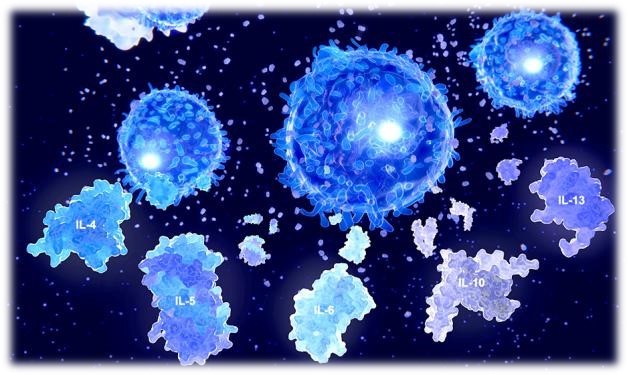Cytokine release syndrome (CRS) is a serious and potentially life-threatening complication typically associated with biological drug products. Animal models have been long established to facilitate the study of pathogenesis of the major toxicities of different therapies. However, the mouse models and in vitro human PBMC assays presently in use do not reliably predict CRS in patients. Creative Biolabs offers different kind of in vivo CRS model tools to support your CRS management.
Humanized mouse models provide a potential translational bridge for the study and prediction of CRS in vivo. Studies have suggested the potential of using immunodeficient mice engrafted with human immune systems to study CRS. PBMC engrafted humanized immunodeficient mice are frequently used to study cytokine release in response to several immunotherapeutic, including anti-CD3, anti-CD28, anti-thymocyte globulin (ATG). 
Currently, the only widely accepted predictors of CRS are cancer burden and therapeutic dose. Despite this, most pre-clinical assays that evaluate CRS do not incorporate cancer cells and the safety of drug combinations has not been widely explored. A predictive assay that identifies cancer-patient-therapy combinations at risk for developing CRS upfront would improve the safety of immune-oncology drug development. Scientists at Creative Biolabs have developed different in vivo models to evaluate donor-dependent cytokine release in response to single-agent or combination immune-oncology therapies.
A massive cytokine release can be experimentally induced in serval ways. Lipopolysaccharide (LPS) is a toxin that is routinely used to activate a systemic inflammatory response. LPS-induced cytokine release models have fast kinetics and model the acute phase of the cytokine storm.
Our catalogue or customized in vivo CRS models recapitulates key clinical and pathological features of CRS, forming an integrated platform for preclinical drug development. Creative Biolabs also offers in vitro CRS models. Please feel free to contact us to discuss your next study.
For any technical issues or product/service related questions, please leave your information below. Our team will contact you soon.
All products and services are For Research Use Only and CANNOT be used in the treatment or diagnosis of disease.
 NEWSLETTER
NEWSLETTER
The latest newsletter to introduce the latest breaking information, our site updates, field and other scientific news, important events, and insights from industry leaders
LEARN MORE NEWSLETTER NEW SOLUTION
NEW SOLUTION
CellRapeutics™ In Vivo Cell Engineering: One-stop in vivo T/B/NK cell and macrophage engineering services covering vectors construction to function verification.
LEARN MORE SOLUTION NOVEL TECHNOLOGY
NOVEL TECHNOLOGY
Silence™ CAR-T Cell: A novel platform to enhance CAR-T cell immunotherapy by combining RNAi technology to suppress genes that may impede CAR functionality.
LEARN MORE NOVEL TECHNOLOGY NEW SOLUTION
NEW SOLUTION
Canine CAR-T Therapy Development: From early target discovery, CAR design and construction, cell culture, and transfection, to in vitro and in vivo function validation.
LEARN MORE SOLUTION

